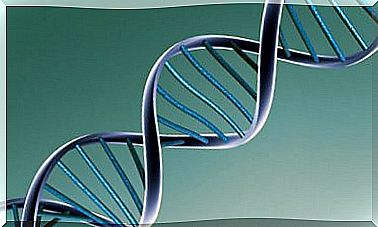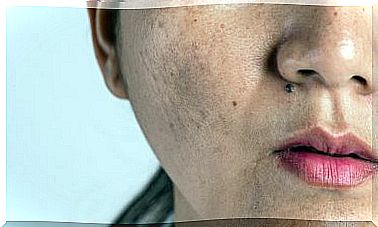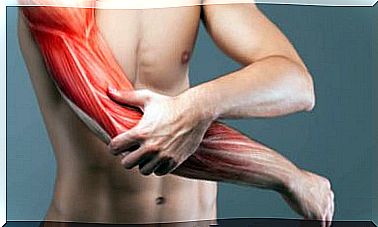Benign Prostatic Hyperplasia: Symptoms And Treatment
Benign prostatic hyperplasia mainly affects men over 60 years of age. However, in a few cases it can appear before 40. With proper treatment its complications can be avoided.
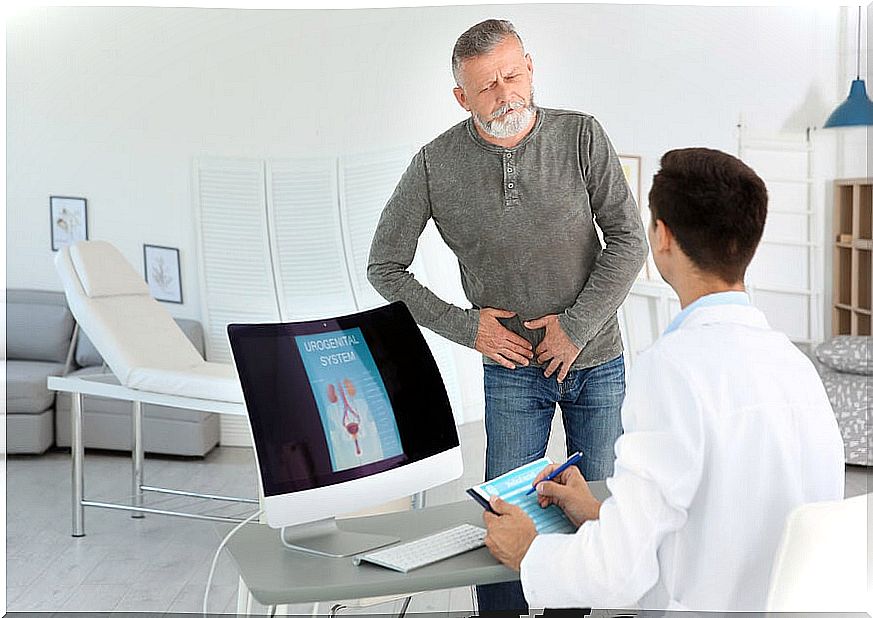
Benign prostatic hyperplasia is a condition that occurs frequently as men age. It is more commonly known as an enlarged prostate gland . This condition causes bothersome symptoms and can lead to urinary and kidney problems.
The prostate is a small gland that is located below the bladder and in front of the rectum. It is part of the male reproductive system. It produces a liquid that combines with sperm to make semen. With age, it undergoes changes that can lead to benign prostatic hyperplasia.
It is estimated that only 10% of men in their 30s have an enlarged prostate. Between the ages of 40 and 60, the percentage begins to rise. By age 60, about half of men are believed to have an enlarged prostate. At age 85, 90% of men have this condition.
What is benign prostatic hyperplasia?
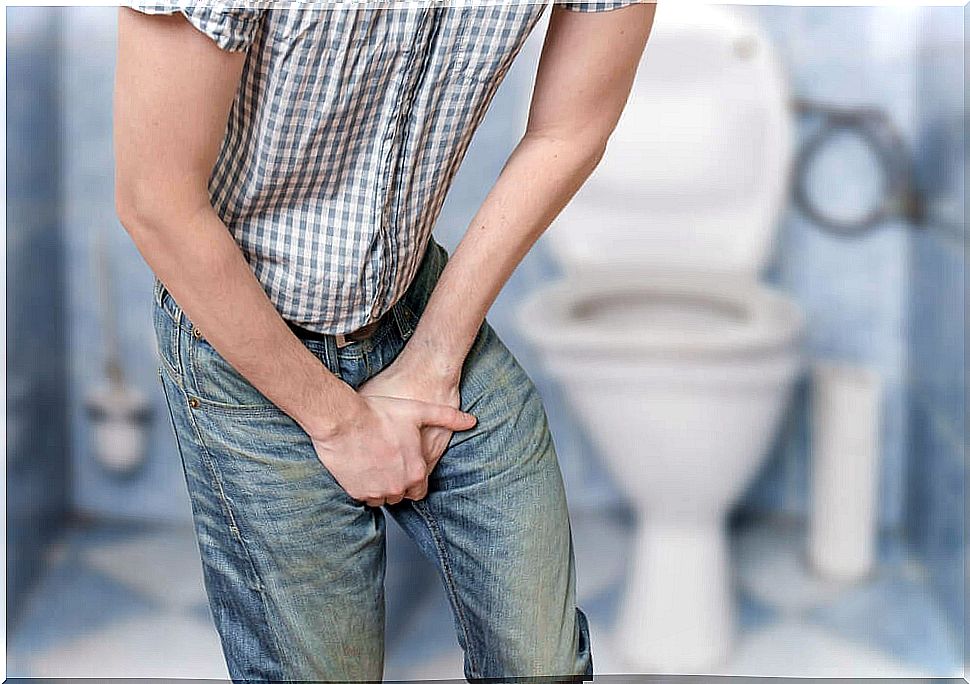
Benign prostatic hyperplasia is an enlargement of the prostate gland , of a non-cancerous nature. At birth, the prostate is very small. But during puberty, when testosterone levels rise, this gland begins to grow.
By age 20, the size of the prostate is twice what it was at birth. Over the next two decades, the prostate grows at a much slower rate and rarely causes problems. At age 40, a second enlargement process occurs; This is when, in most cases, difficulties arise.
Benign prostatic hyperplasia is more common in men older than 50 years. As the prostate enlarges, it begins to compress the urethra. This ends up creating an obstruction in the flow of urine.
Characteristics
The compressed urethra, and the obstruction in the flow of urine that it entails, makes it difficult to fully expel urine during urination. The consequence of this is that a portion of urine ends up stagnating in the bladder . Over time, this can lead to urinary tract infections or bladder stone formation.
Science does not know the exact reasons why benign prostatic hyperplasia occurs. However, this phenomenon is believed to be due to changes caused by male hormones . In particular, to a hormone called dihydrotestosterone , which is closely associated with testosterone.
The main risk factor is aging. Also, this problem is more common in those with a family history of it. Studies indicate that those with diabetes or heart disease are more likely to develop an enlarged prostate, as are those who are obese and sedentary.
Symptoms of benign prostatic hyperplasia

The symptoms of benign prostatic hyperplasia can be very bothersome. The most characteristic of them is intermittent or hesitant urination. There is no force to expel the urine and the gauge of the jet is very thin. Also, there is often pain or a feeling of urgency to have a bowel movement, which is called dysuria.
It is common for the nocturnal urinary frequency to increase, which is called nocturia. It is also common to feel difficulty when urinating and the feeling of not having emptied the bladder completely, after urinating. Sometimes there is loss of control over urination or incontinence.
Symptoms can vary from one man to another and are not severe in all. Difficulty emptying the bladder completely leads to infections or stones. Without treatment, this can lead to kidney failure.
Treatment
Currently, there are a wide variety of treatments available to correct benign prostatic hyperplasia. The most common is drug treatment, with alpha-blockers or 5-alpha reductase inhibitors. Sometimes they are used in combination or Tadalafil is included as well.
In more severe cases, the treatment that is chosen is surgery. In general, one of the following procedures is used:
- Embolization
- Laser therapy.
- Transurethral needle ablation.
- Transurethral incision of the prostate.
- Transurethral microwave therapy.
- Transurethral resection of the prostate.
- Prostatic urethral lift (PUL).
- Robot-assisted or open prostatectomy.
Regarding alternative herbal treatments, there are no conclusive results. It is recommended to adopt a lifestyle with low consumption of caffeine and alcohol, as well as a healthy diet, frequent exercise and trying to keep the body temperature warm.



